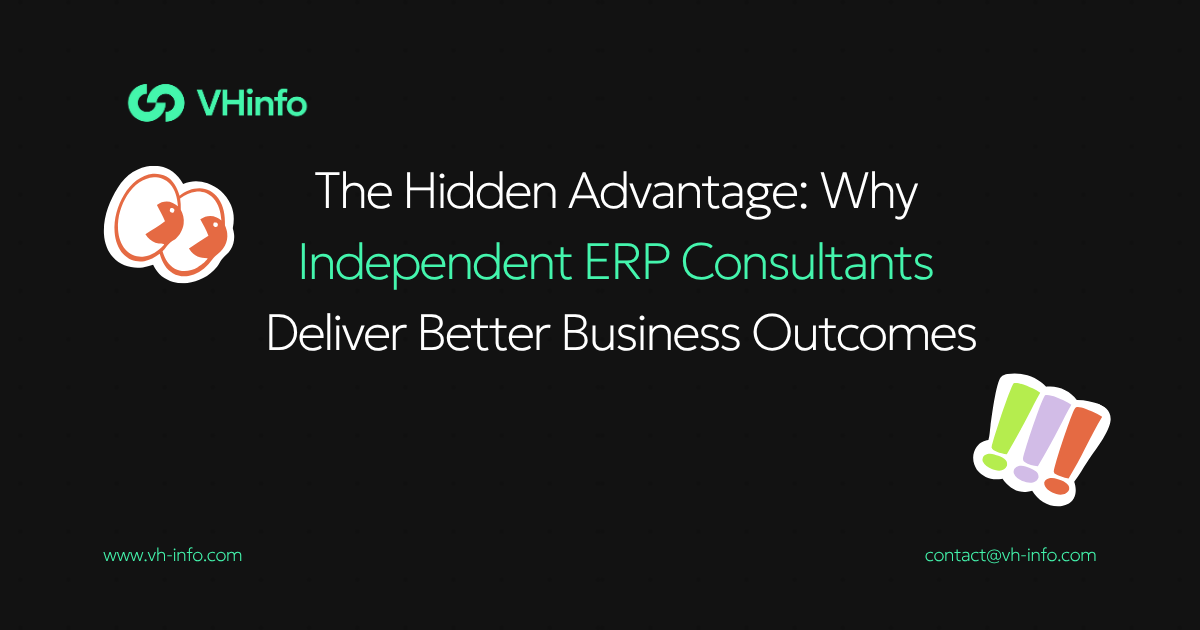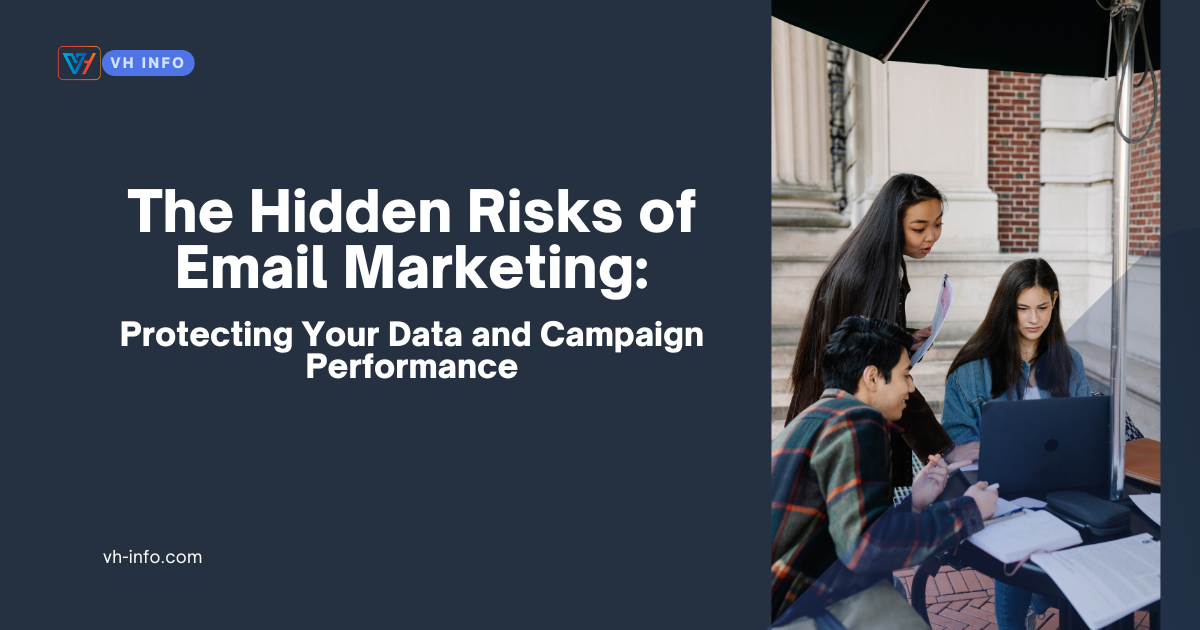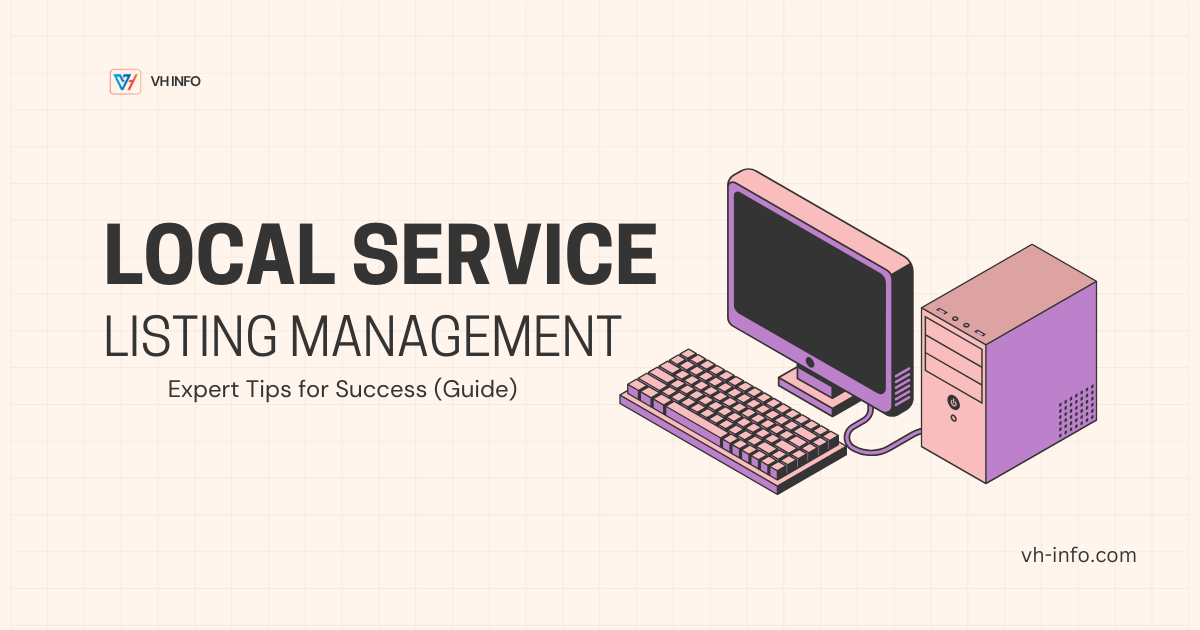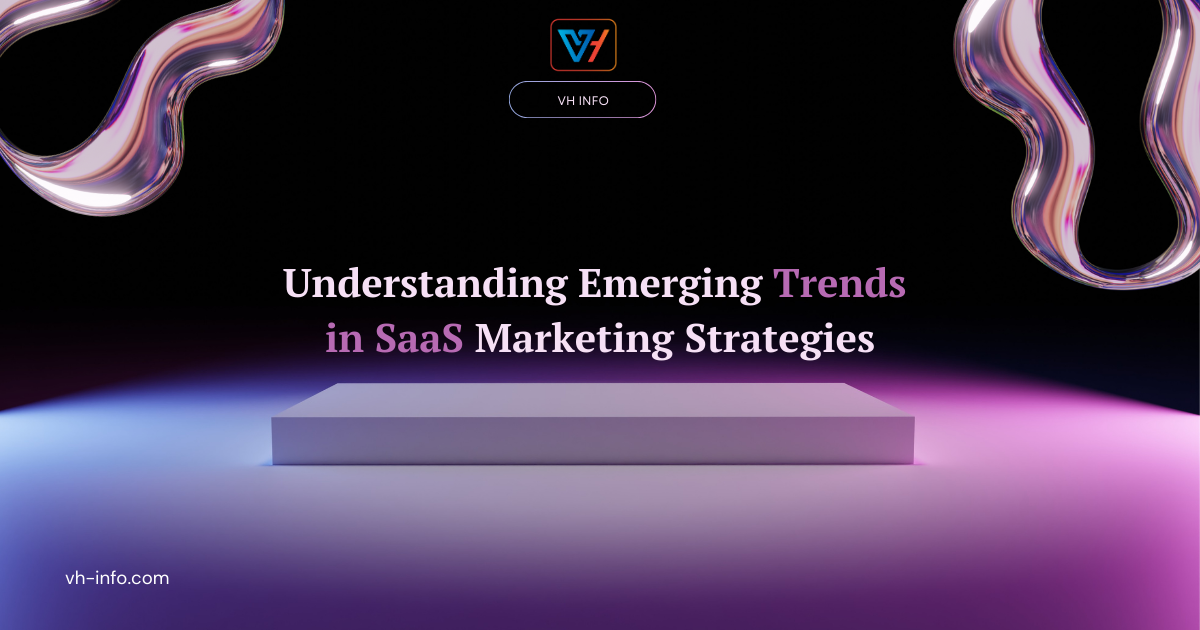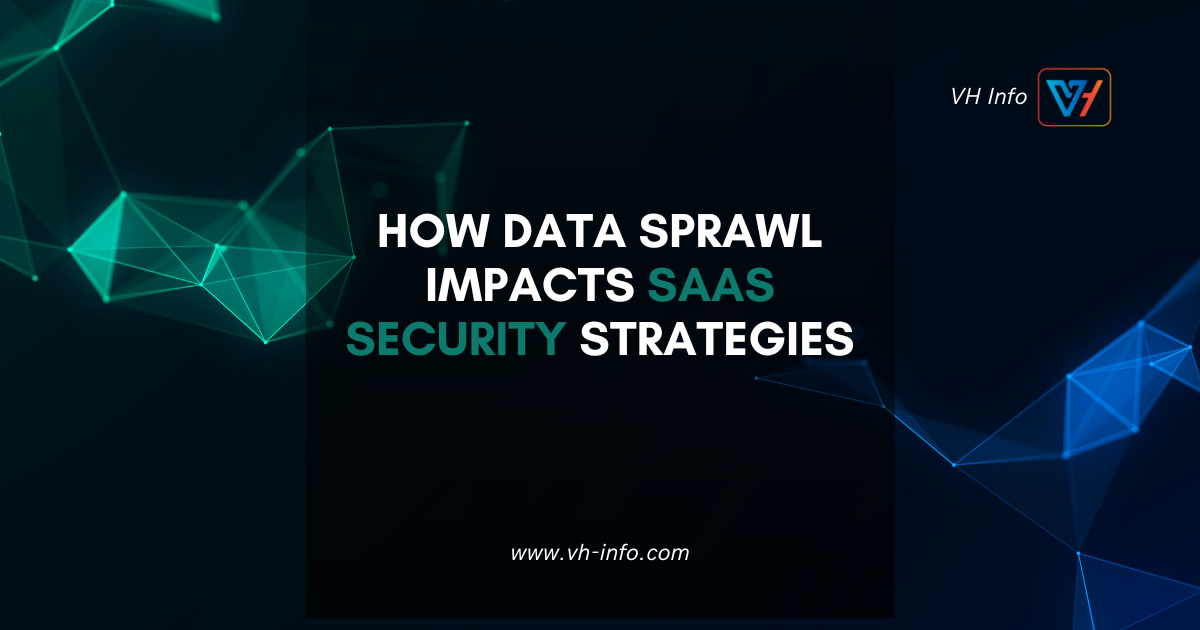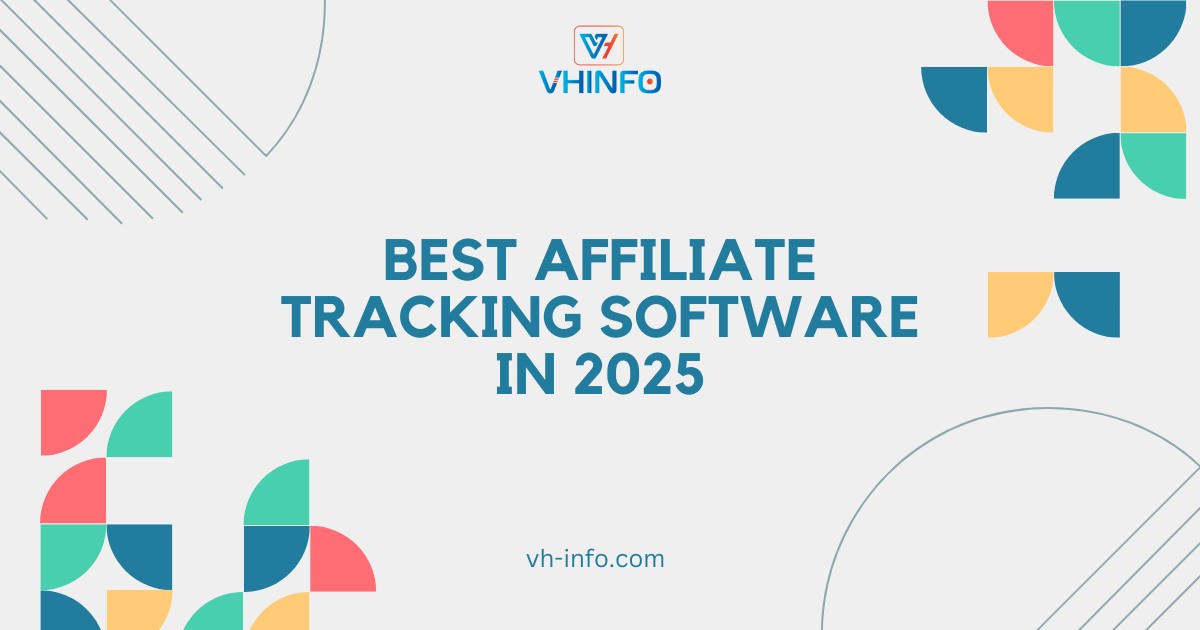Enterprise Resource Planning (ERP) systems lie at the heart of modern business transformation. They integrate every corner of an organization—from finance and operations to customer service and supply chain management—into one intelligent platform. But as anyone who has embarked on an ERP journey knows, success doesn’t just depend on the software. It depends on the people guiding the process.
Enter the independent ERP consultant — the unsung hero of countless successful digital transformations. Unlike vendor-affiliated firms, independent consultants work solely for you, not for a software brand. That distinction changes everything.
The ERP Dilemma: Too Many Choices, Too Little Clarity
For many businesses, choosing an cloud ERP system is a once-in-a-decade decision. The stakes are enormous: the right system can streamline operations and improve profitability, while the wrong one can drain budgets and stall growth.
The problem? The ERP marketplace is crowded and confusing. Each vendor claims to have the “best solution,” often backed by polished demos and persuasive sales reps. It’s no surprise that, according to Gartner, nearly 70% of ERP projects fail to deliver their intended value—most often due to misaligned software selection and biased advice.
This is where independence matters most.
What Makes an ERP Consultant “Independent”?
An independent ERP consultant is exactly what the name implies: a specialist who isn’t tied to any ERP software vendor, reseller, or partner network. They don’t earn commissions for recommending a particular platform. Their loyalty lies solely with the client.
Contrast this with vendor-affiliated consultants who are often contractually obligated to promote specific solutions. While their technical expertise might be strong, their recommendations can be influenced—consciously or not—by commercial relationships.
Independence means freedom from bias. It allows consultants to assess your organization’s needs objectively, evaluate multiple ERP options, and recommend the one that truly fits your business model, culture, and long-term goals.
The Hidden Advantage: Unbiased Strategy, Tangible Results
1. Vendor-Neutral System Selection
Independent ERP consultants don’t walk into your boardroom with a preloaded sales pitch. Instead, they begin by learning your business — your workflows, challenges, growth objectives, and competitive landscape.
Firms like Lumenia Consulting emphasize that independence enables consultants to provide vendor-agnostic advice, ensuring recommendations are made for your benefit, not the vendor’s. Whether the best fit is NetSuite, SAP, Acumatica, or Microsoft Dynamics, the consultant’s goal remains the same: finding the right solution for you.
This objectivity eliminates the risk of “square-peg, round-hole” implementations that plague vendor-driven projects.
2. Tailored Implementation and Change Management
ERP projects are rarely just about technology — they’re about transformation. Independent consultants understand that successful implementation requires aligning systems with people and processes.
According to Shape Associates, independent consultants focus on organizational change, not just installation. They help you map workflows, design training programs, and foster adoption across departments. This human-centric approach minimizes resistance, maximizes ROI, and accelerates digital maturity.
They also bring expertise you can’t easily hire in-house. Most companies replace ERP systems once every ten years; independent consultants live in that world every day. That experience translates into fewer mistakes, faster results, and a smoother journey from kickoff to go-live.
3. Cost Efficiency and Contract Transparency
ERP software contracts can be tricky — full of hidden costs, license traps, and vague service clauses. Independent consultants protect clients from these pitfalls.
Dreher Consulting reports that vendor-neutral guidance can cut implementation costs by up to 25%, primarily by avoiding unnecessary add-ons and inflated license packages. Independent teams also assist with contract negotiation, ensuring fair terms and scalable pricing models that won’t balloon as your business grows.
This level of financial transparency is nearly impossible to achieve when your consultant is tied to the vendor’s bottom line.
4. Full Lifecycle Support
Many vendor-affiliated firms step away once the software is installed. Independent ERP consultants, on the other hand, often stay engaged through the entire lifecycle — from strategy to post-go-live optimization.
As highlighted in TweakYourBiz, independent consultant teams ensure the ERP continues to evolve with your business. They provide long-term support, training, and process audits that help organizations unlock ongoing efficiency gains.
That continuity transforms ERP from a one-time IT project into a sustained business advantage.
Independent vs. Vendor-Tied Consultants: A Direct Comparison
| Aspect | Independent ERP Consultant | Vendor-Affiliated Consultant |
| Primary Loyalty | Client | Software Vendor |
| Recommendations | Vendor-neutral; based on business needs | Biased toward partner products |
| Cost Transparency | Full clarity, helps negotiate fair contracts | May include vendor markups or bundled incentives |
| Scope of Expertise | Cross-platform experience | Deep in one or few systems only |
| Implementation Focus | Business process optimization + change management | Software deployment focus |
| Engagement Model | Long-term advisory & post-go-live support | Typically ends after system go-live |
This comparison makes it clear: while vendor-affiliated consultants may offer speed or familiarity with one platform, independent consultants deliver strategic balance and business-aligned results.
Real-World Example: The Power of Impartial Expertise
Consider a mid-sized manufacturing company facing growth challenges due to outdated legacy systems. Vendor-affiliated advisors pushed a one-size-fits-all ERP that met 60% of their needs but required heavy customization.
An independent consultant was brought in to reassess the situation. Through a detailed requirements analysis and scorecard evaluation, they identified a cloud-based ERP that aligned 95% with the company’s goals—without custom coding. The result?
- 30% faster order processing
- 15% cost savings within the first year
- Complete user adoption across departments
The moral: when advice is unbiased, outcomes are measurably better.
How to Choose the Right Independent ERP Consultant
When selecting an independent ERP consultant, look for:
- True neutrality — no commissions, referral fees, or vendor contracts.
- Cross-platform expertise — familiarity with multiple ERP ecosystems.
- Proven methodology — structured discovery, selection, and implementation processes.
- Strong communication skills — consultants who bridge IT and business leadership effectively.
- Lifecycle commitment — support that extends beyond go-live.
The best consultants aren’t just project managers — they’re transformation partners.
Conclusion: Independence Equals Integrity — and Results
In a world where ERP vendors dominate the conversation, independent consultants bring a refreshing and necessary voice of objectivity. They combine strategy, experience, and impartiality to guide businesses toward systems that genuinely fit.
By removing bias from the equation, they ensure ERP projects stay aligned with what matters most: your goals, your budget, and your long-term growth.
That’s the hidden advantage — and the reason why independent ERP consultants matter more than ever in today’s competitive digital landscape.
